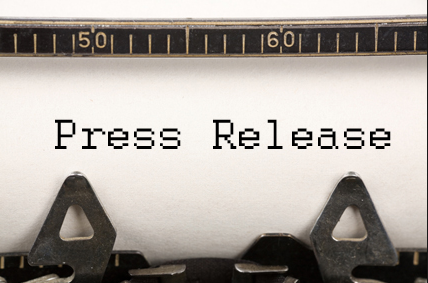Your press release is a tool for the journalist. Provide all the information a reporter will need at his or her fingertips to write a story — including additional potential sources and how to contact those sources. The easier you make it for a reporter, the more likely your story will be considered. Provide background on the company, a quote from a notable company representative, high-resolution images and your company logo.
Keep it short and sweet and to the point.
Get to know the publications and individual journalists potentially interested in your company. Be sincere and build a relationship with them. Offer story ideas that don’t directly benefit you. Cultivating relationships with reporters, producers and talent is time well spent — and could add value to your own worldview as well!
Check, check, and check again. You do not want your press release to arrive full of spelling and grammar mistakes, and typos. The value of proofreading cannot be understated: get your press release checked before you send it anywhere. Check for spelling, grammar, general sense and interest.
Three tips for proofing: 1) Have at least one set of “clean eyes” read it before you send it out. 2) Read it out loud, word by word. 3) Read it backwards being sure every word is what you mean it to be.
Follow-up. Inboxes can become black holes. A follow-up call is important. Have your two-sentence elevator pitch ready for if you get through to a reporter. You don’t want to bug a busy reporter. You just want to ensure each reporter received your email and make sure each is aware of your story. Usually, you will get instant feedback and know if a reporter is interested or not — or if they need further information for consideration.

